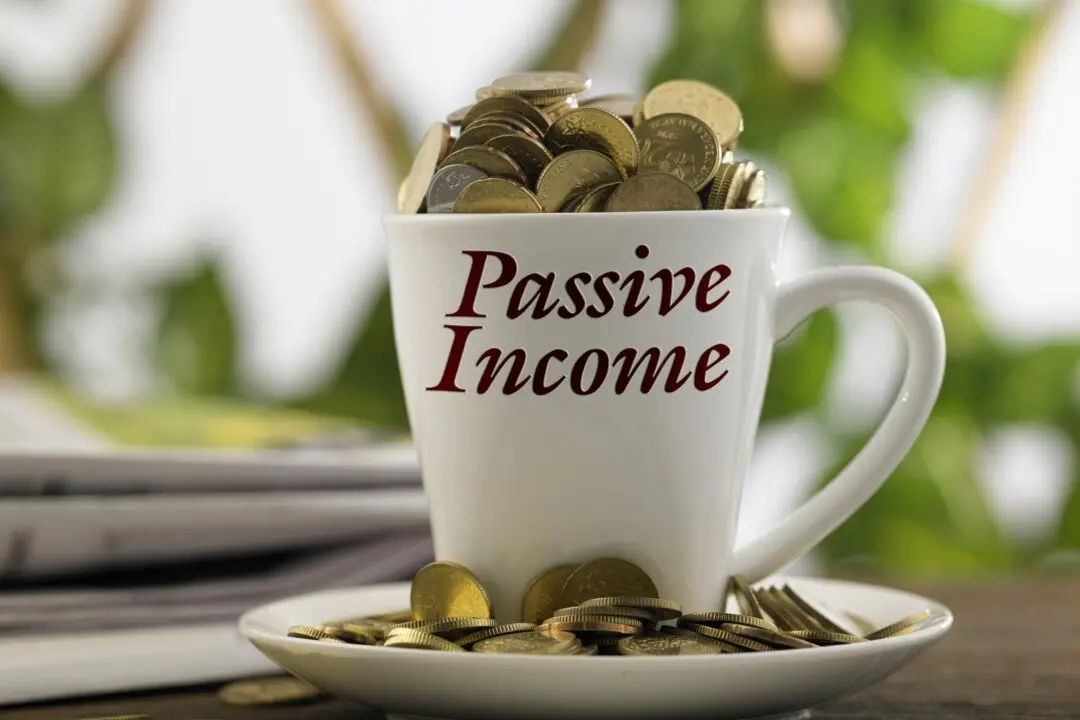Congratulations if you’ve worked hard and managed to save up $50,000—this is a significant amount of money. If invested wisely, this money can help you build wealth and secure your financial future.
In this article, we’ll explore five smart ways to invest your $50,000 and make it work for you.





